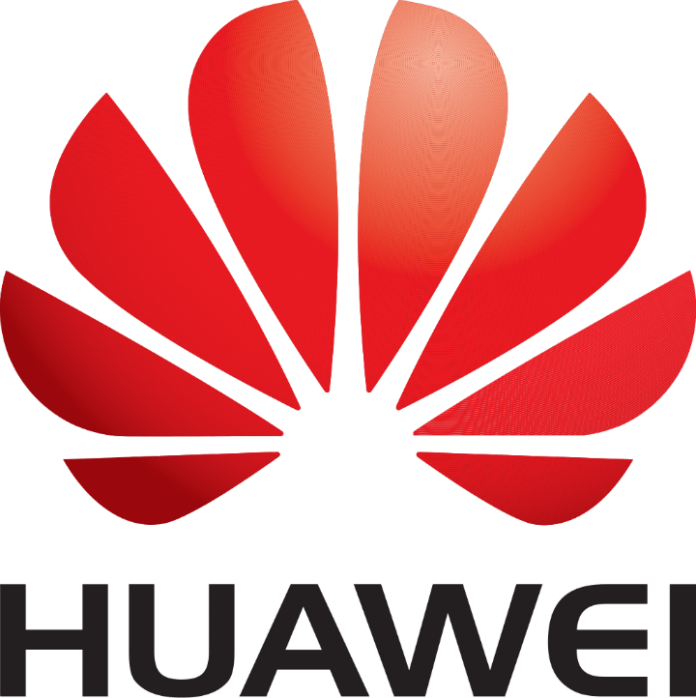Huawei continues to grow faster than its European rivals, boosted by China’s investment in LTE and strong enterprise demand for its network equipment. The company said today that revenue surged 30% during the first half of the year to $28 billion, driven by growth in its carrier, enterprise and consumer businesses.
The Chinese telecom equipment giant divides its business into carrier, enterprise and consumer segments. Its carrier business is driven by sales of base station equipment and other network infrastructure, and Huawei has been a major part of network builds throughout Asia, Europe, Africa and the Middle East. In the United States, political pressures have kept Huawei’s equipment out of most carrier networks.
Huawei is set to play a major role in researching technologies that will contribute to the emerging standards for next-generation wireless networks. The company is a board member of the 5G Infrastructure Association and is set to play a key role in the European Union’s “5G” research.
Small cells represent a major growth area for Huawei. The company expects to ship 400,000 small cells this year, and calls this its fastest-growing business. Chinese building owners and carriers face fewer regulatory obstacles to small cell deployments than do their U.S. counterparts.
Huawei also makes semiconductors for its mobile devices and network infrastructure. The company recently formed a joint venture with Qualcomm and Semiconductor Manufacturing International, China’s largest chipmaker. The group’s goal is to produce next-generation chips for smartphones and servers.
The company’s blockbuster sales growth stands in contrast to that of its European rivals Ericsson, Nokia and Alcatel-Lucent. Ericsson’s revenue rose a healthy 10% in the first half of this year, but did not come close to Huawei’s 30% surge. Revenue for Ericsson was $13 billion, less than half of what Huawei reported. Nokia and Alcatel-Lucent, which are planning to merge within the next year, are scheduled to announce results later this month.

